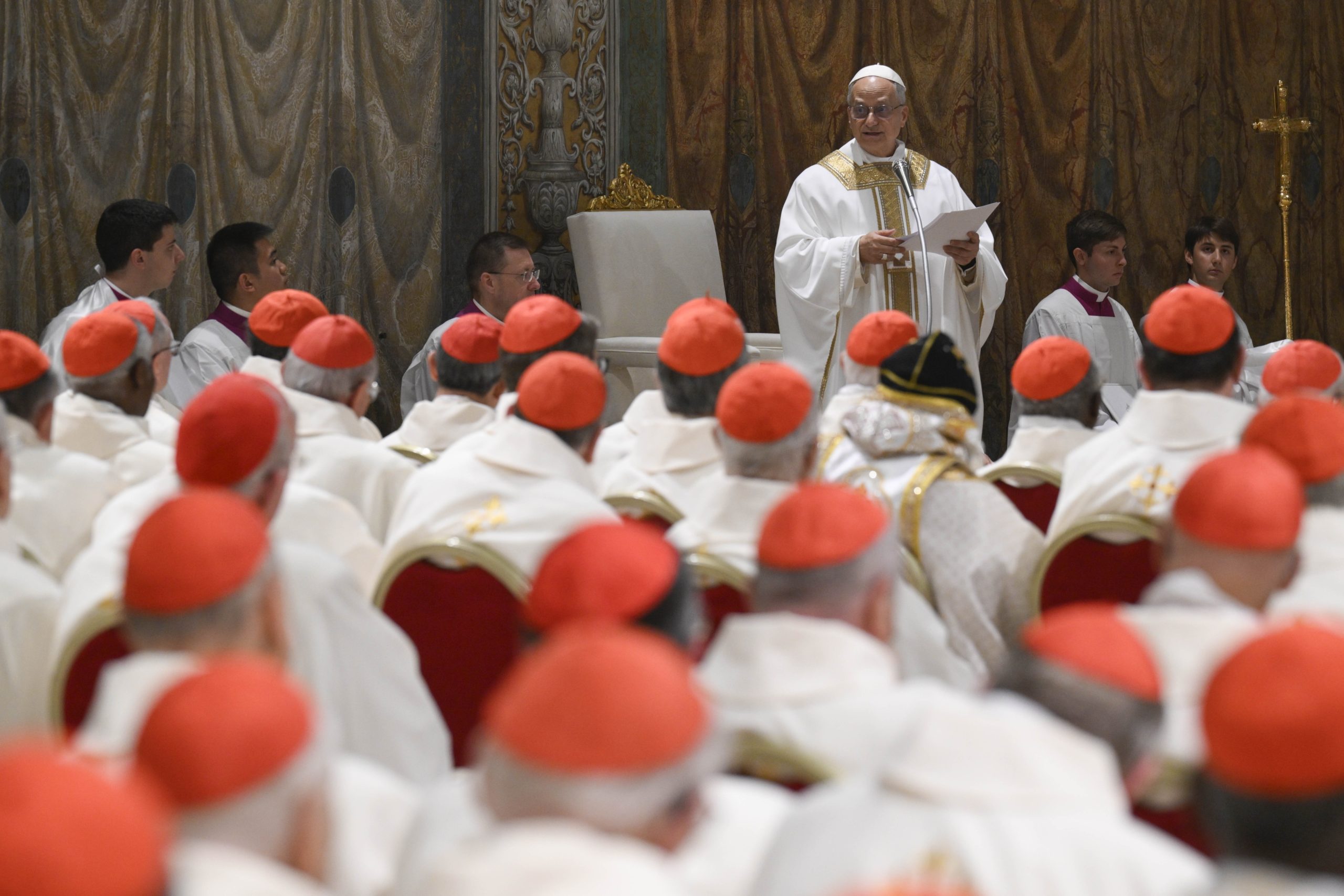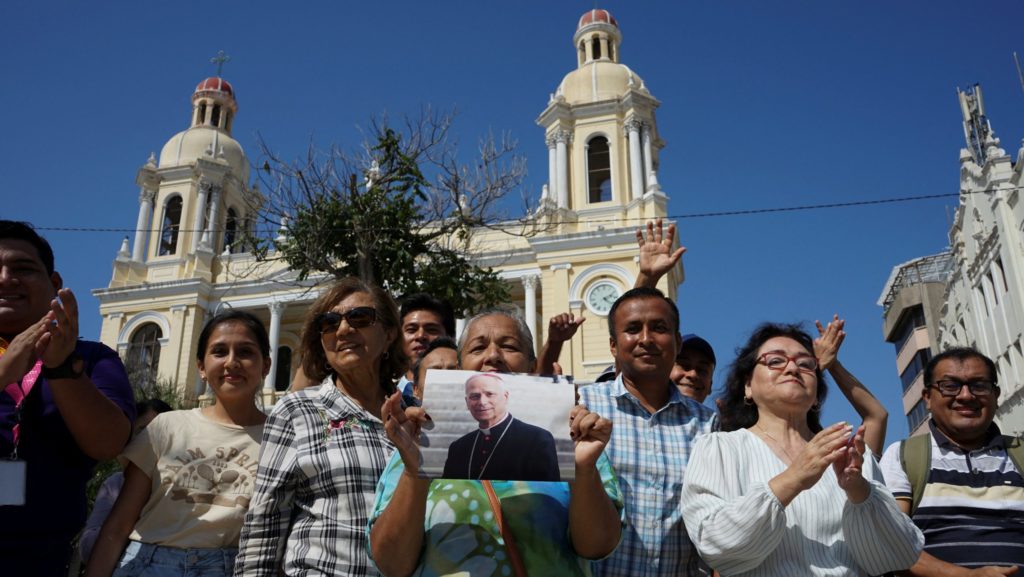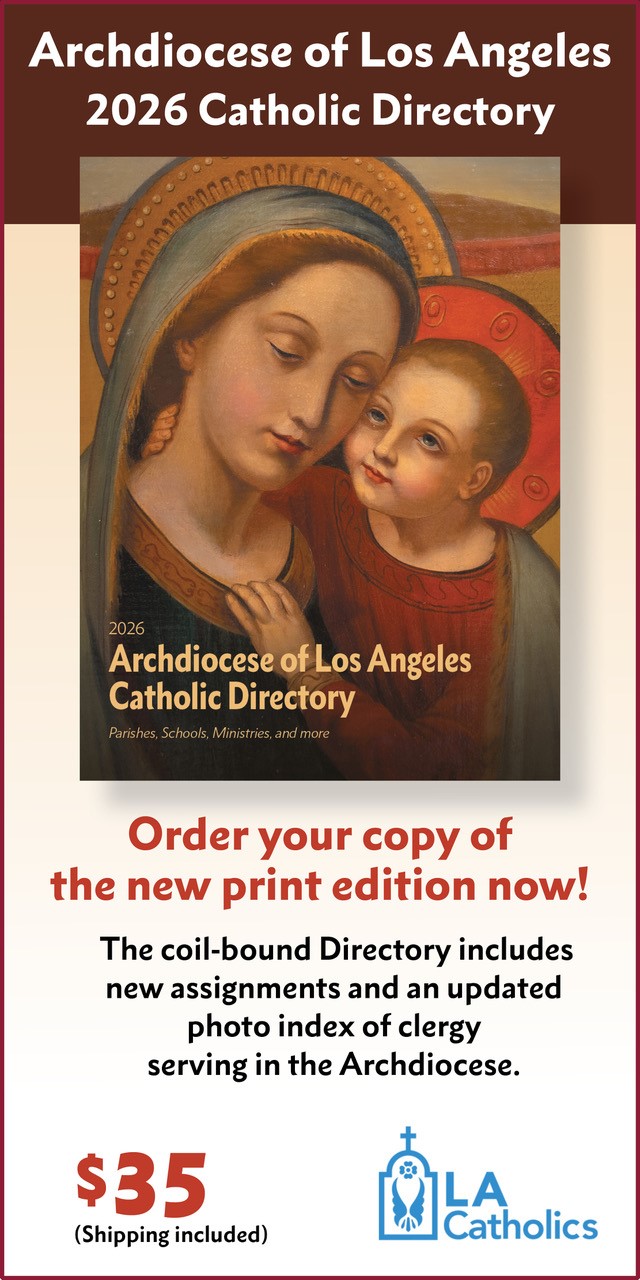The great English writer E.M. Forster was known to give a famous advice to authors: “Only connect.” When it comes to understanding what is happening in their Church, here’s some similar advice for Catholics: “Try to see the connection.”
Getting a handle on our own history is not easy. There are a few significant events about which we hear a good deal, but not always with clarity. But many others escape our attention and understanding.
Take, for instance, the surprise election of an American pope.
Some have speculated that the cardinals had the financial difficulties of the Holy See in mind when they elected Chicago-born Cardinal Robert Prevost. Indeed, never before have the Church’s central finances been more known in detail: the menacing deficit of the Vatican’s pension fund, or the disastrous real estate investment that led a cardinal to be sentenced in ecclesiastical court. With all its resources, could the cardinal-electors have had the U.S. Church’s in the back of their minds?
Then there’s the view that this pope, as his own brother pointed out, may be American, but he’s no typical American. Most of his experience as a priest has come outside of the U.S., particularly in Peru and Rome. In media interviews after the conclave, more than one cardinal said that besides Pope Leo XIV’s missionary experience, his Roman connection impressed some of the electors. His training in canon law, I would add, was surely a plus for many.
But the new pope’s missionary experience is not just about his personal vocation. In many ways, it is the consequence of an ambitious plan in the mid-20th century that intertwined pastoral plans in North and South America with the support of multiple popes and key figures in the U.S. hierarchy at the time, particularly Cardinal Francis Spellman of New York (1889-1967) and Cardinal Richard Cushing of Boston (1895-1970).
The story begins, more or less, in 1946, when Maryknoll missioner Father John Considine wrote a book about the efforts of North American priests helping in Latin America. This was 11 years before Pope Pius XII wrote his encyclical “Fidei Donum” (“the Gift of Faith”), asking for clergy and religious around the world to work in world missions, particularly in Africa.
Pius, of course, was also aware of the great needs in Latin America. After “Fidei Donum,” he established the Pontifical Commission for Latin America in April of 1958. Under its umbrella, a few months later, then-Archbishop Richard Cushing of Boston founded the Missionary Society of St. James the Apostle to facilitate American and Canadian programs for sharing resources and personnel with that region.
Pius’ successor, St. Pope John XXIII, was intensely interested in the need for priests and religious in Latin America, and in 1961 called for a tithing of personnel from every religious province in North America — tithing as in “10 percent.” A year later, the pope asked the Augustinian order to go to Peru, something we all know had tremendous consequences.
By then, Considine had become head of the U.S. bishops’ Latin America Bureau. He worked with the onetime Catholic priest and controversial social theorist Ivan Illich, who, after being uninvited by bishops in Puerto Rico, took his plans to open a missionary school for priests to Cuernavaca, Mexico.

There, priests were trained to learn both the language and the culture of the people with whom they would work. I know some people who went through the training at Cuernavaca, and all agreed that Illich was a hard taskmaster. One religious sister told me that he insisted on adoration schedules through the night, which some people saw as tests of stamina. Others thought Illich might actually be trying to discourage some future missionaries.
Considine and Illich later had a falling out and parted ways. Illich seemed to be getting more radical by the hour, and he eventually discredited the idea of mission as cultural imperialism. The school for missionaries became a research center that was closed after some years, but the language training Illich developed gave birth to a great number of Spanish courses using intensive techniques. (I studied briefly at one of the institutes the language teachers who had worked with Illich founded.)
I doubt that very many Catholics in America are aware of the papal mission plan for South America. My own Diocese of Cleveland released me to serve as a missionary in El Salvador for 20 years, and we still maintain a presence there after 60 years.
Many dioceses began mission work, but some closed their missions. One East Coast bishop told me that he could not afford the mission his diocese started because several of the priest missionaries hung up their cassocks and married local women. The St. James Society is still working and the Maryknoll Fathers have missionary associates, lay and priests. However, the priest tithing idea never got off the ground.
Perhaps issues of culture and regional politics were too challenging for this plan to work. But it is more likely that what truly spelled the doom of the dream of a globalized mission was the drying up of vocations to priestly and religious life.
Nevertheless, we have this failed plan to thank for the extraordinary election of an American as Supreme Pontiff.
One of the most hopeful things about Leo’s pontificate is that he has a missionary spirit, as evidenced in his inaugural homily. I think he will be more like St. Pope John Paul II than either of his immediate successors.
His perspective will be very important for Catholics in the United States. In Latin America, students do not learn about two continents, North and South America. They learn about one continent, which stretches from Alaska to Chile’s Tierra del Fuego and which the old history books used to call the “New World.”
That a Northerner would become a citizen (and bishop) of Peru and then pope would seem like a symbolic fulfillment of what Popes Pius and John were concerned about when they asked the Catholic Church in the northern section of the continent to help in the southern one.
Leo is not just “American” in the “United States” sense of the word. He is an American, born in the North and raised there, then “formed” in Rome also, but his ministry was shaped by the experience of the Church in the South. His leadership of the worldwide order (he served as prior general of the Augustinians from 2001 to 2013) is another aspect of his international appeal.
History often has an underlying structure of irony. In many respects, the “failed North American mission to Latin America” is connected to a turning point in papal and ecclesiastical history. Divine Providence connects the dots.

